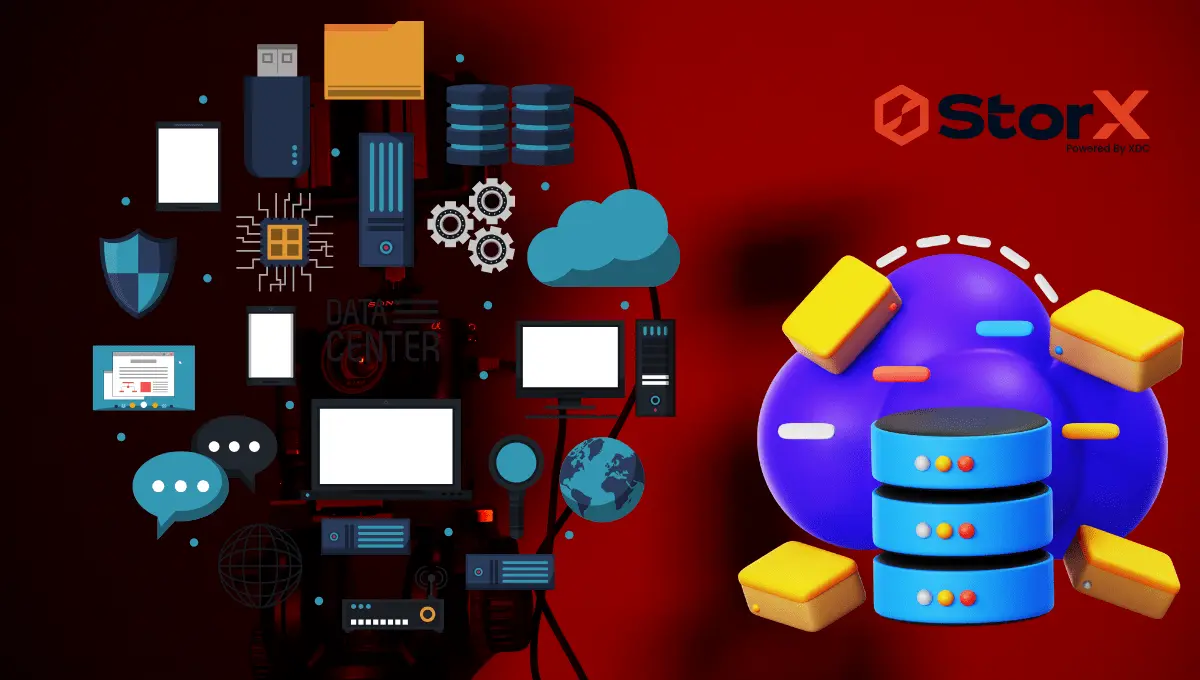Hot Cloud Storage: Understanding the Benefits and Differences
Hot cloud storage is a dynamic and efficient method for managing data that needs to be readily accessible. Unlike its counterpart, cold cloud storage, which is designed for long-term data retention that is accessed infrequently, hot cloud storage provides immediate accessibility, making it ideal for applications that demand high-speed data retrieval. This comparison will delve into the specifics of both hot cloud storage and cold cloud storage, highlight their advantages, and discuss ideal use cases to help you decide which storage solution best fits your needs.
Hot Cloud Vs Cold Cloud: Key Differences and Uses

What is Hot Cloud Storage?
Hot cloud storage is designed for data that needs to be accessed frequently and quickly. It is typically used for operational databases, interactive workloads, and real-time processing of data. The main benefits of hot cloud storage include:
- High Availability: Data is available almost instantaneously, ensuring that applications can access and modify it in real time.
- Speed: It offers fast access times, which is crucial for applications that rely on quick data retrieval to function effectively.
- Scalability: Easily scales to meet increasing data access demands without compromising performance.
What is Cold Cloud Storage?
Cold cloud storage, on the other hand, is ideal for data that is seldom accessed. This might include backup files, archival records, and other forms of historical data. Its benefits are:
- Cost-Effectiveness: Typically the cheapest storage option for massive amounts of data that don’t require frequent access.
- Longevity: Designed for long-term data preservation, cold storage ensures data integrity over extended periods.
- Regulatory Compliance: Often used for storing data that needs to be retained for compliance with legal or regulatory standards.
Comparative Use Cases
- Hot Cloud Storage: Used for dynamic websites, e-commerce platforms, and online applications where speed and data availability are critical.
- Cold Cloud Storage: Best suited for archival storage such as digital media archives, financial records, and other infrequently accessed resources.
Cheapest Storage Options for Enterprises
While cold cloud storage offers the cheapest storage solutions for long-term data handling, hot storage can be optimized for cost as well. Techniques like data tiering and smart data management can help reduce costs while maintaining the accessibility benefits of hot storage.
Archival Storage Solutions
For businesses looking for effective archival storage solutions, cold cloud storage presents a viable option. It is engineered to store data securely and economically, ensuring that companies can access historical data whenever necessary while controlling storage costs.
Super Cloud Capabilities
The concept of “super cloud” often refers to a highly scalable and flexible cloud environment that can integrate multiple types of cloud services, including hot and cold cloud storage, to meet diverse business requirements. This adaptability makes the super cloud a powerful framework for handling varied data needs.
For enterprises looking to manage costs while maintaining extensive data storage capabilities, several brands offer compelling cold cloud storage solutions. These include:
- Amazon Glacier: Part of the Amazon Web Services (AWS) portfolio, Amazon Glacier provides a highly secure and durable storage option for data archiving and long-term backup at a low cost.
- Google Coldline: Google Cloud’s Coldline storage is designed for data that is accessed less than once a year, offering lower storage costs while still ensuring high durability and availability.
- Microsoft Azure Archive Storage: This service is optimized for data that can tolerate a slightly longer retrieval time, providing an economical solution for long-term storage of rarely accessed data.
While cold cloud storage offers the cheapest storage solutions for long-term data handling, enterprises can also utilize hot cloud storage effectively. By implementing data tiering strategies, where frequently accessed data is kept on hot storage and less active data is moved to colder storage tiers, companies can optimize costs without sacrificing accessibility.
This approach allows businesses to benefit from the immediacy of hot cloud storage for critical operations while leveraging the cost savings of cold cloud storage for less active data. Companies like StorX Network also provide adaptable and cost-effective hot cloud solutions that can be tailored to meet specific business needs, ensuring a balance between performance and budget.
Highlighting StorX Network Features
StorX Network offers cutting-edge solutions in hot cloud storage, designed to provide businesses with fast, reliable, and scalable data access. Features include:
- Rapid Scalability: Adjust your storage capacity in real time, depending on your current needs, without downtime.
- Enhanced Security: Protect your critical data with advanced encryption and security protocols.
- Cost Efficiency: Benefit from competitive pricing models that make hot cloud both accessible and affordable.
Are you ready to optimize your data storage strategy? Choose StorX Network for top-tier hot cloud storage solutions. StorX Network offers the flexibility and performance needed for high-speed access or cost-effective data management. Whether you’re aiming for one or the other, it helps you stay ahead. Contact us today to learn more about our services and how we can help you achieve your data storage goals.
By understanding the distinctions and advantages of both hot and cold cloud storage, businesses can make informed decisions, optimizing their data management strategies, ensuring efficiency, and maximizing cost-effectiveness.





